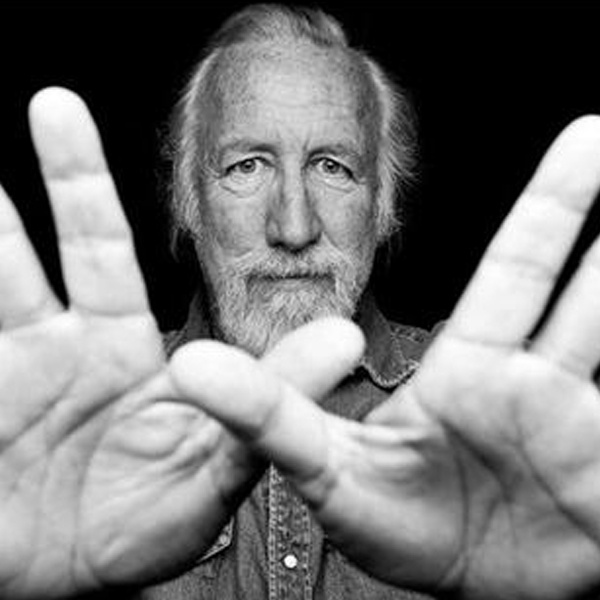Winning Leaders Change the Conversation
Winning Leaders Change the Conversation

We recently came across an interview with Lee Clow, who has been responsible for a slew of famous ad campaigns, including the landmark 1984 Apple commercial. In the interview he talks about how he now describes his role:
“Selling who they are and not just what they make.”
No sentence better encapsulates the ambitions of emotive branding. In an age of sharp competition and increasing commoditization, what you make or offer is often the weakest link. Of course, what people will ultimately buy will be that which you make or offer. But, the key to bringing them to the point of decision no longer lies at the product level, or in the usual litany of features and benefits.
Strong and enduring brands are built upon the ideas, ideals, and way of being that shape “who they are”. Their differentiating appeal lies in the promise they make, and the ways they bring that promise to life. This more emotionally-based presence has the power to bring more people into the rationally-based proposition of your product or offering. Along the way, this purposeful and meaningful presence also forges stronger connections with the people vital to your brand’s success.
Forward-thinking leaders look beyond products
It’s hard for many leaders and organizations to look beyond their products. The price they pay is high, because their messages get lost as the noise increases, and as the only conversations that gain traction are those that revolve around how institutions like brands are helping their customers, the society, and the environment.
Winning leaders have changed the conversation their brands are having. They have transformed their organizations by aligning their people around a purposeful promise. They have upped their game, and the returns they earn, by moving beyond product features and benefits and by embracing purpose and meaning in their brand strategy.
—
Emotive Brand is a San Francisco branding agency.






